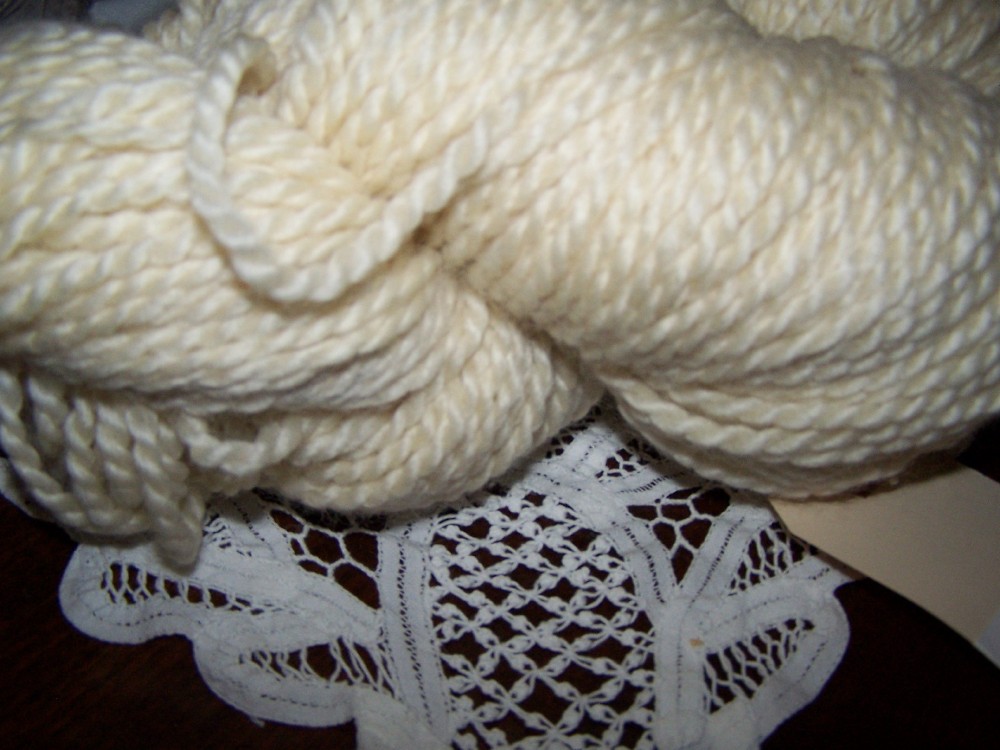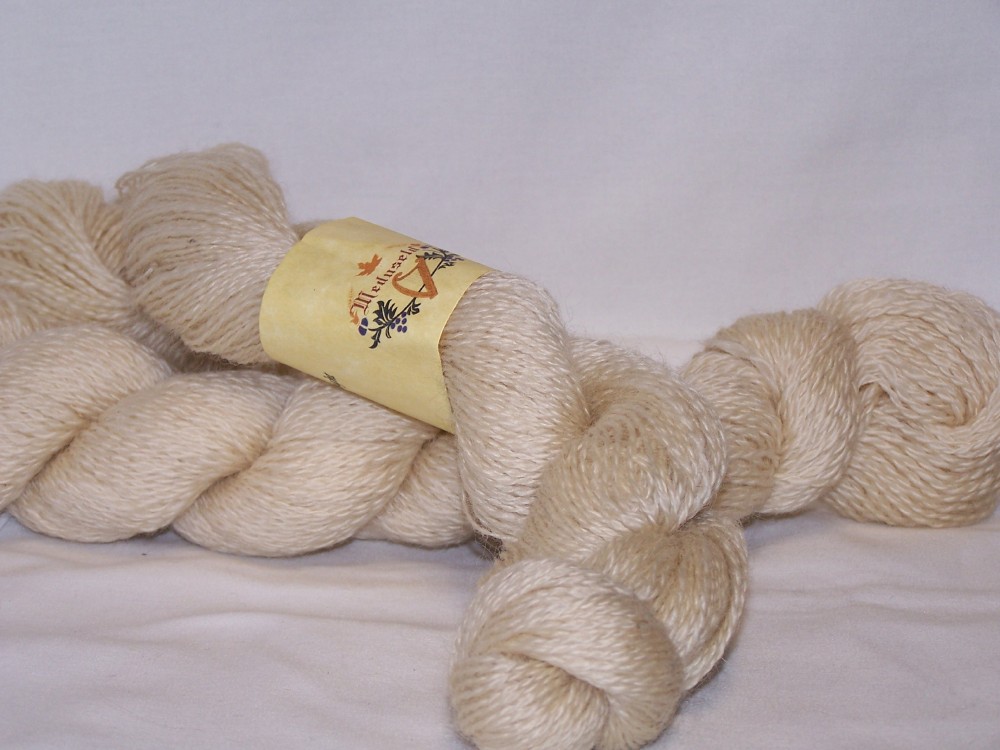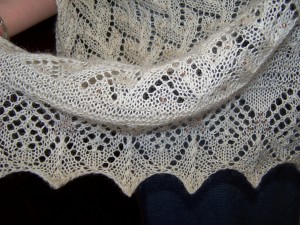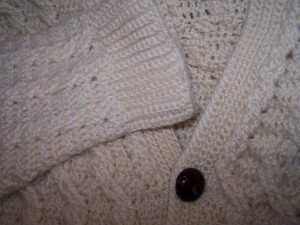Meduseld Yarn – Friesian and Dorset Down
We are going to discuss the two breeds, East Friesian and Dorset Down, together since their fibres are similar and we combine them to make Meduseld’s soft wool.
The East Friesian Sheep are relative newcomers to this country, having only been imported to this continent in 1994. They come from north Germany where they were bred as dual, and arguably, tri-purpose sheep. These sheep are known as dairy sheep and produce much of the fine milk in Europe for sheep milk cheese such as Romano. They are used for meat as well, and if you are fortunate to have animals with good fleeces, they make good yarn. They have short hair on their heads and distinctive hairless tails. If bred with other breeds, they usually increase the amount of lambs the ewes will produce.

East Friesian Ram
The Dorset Downs are also rare sheep in this country, and usually when I mention the word “Dorset” people think about the large white meat sheep. I usually have to explain that this is not the meat breed. These are sheep specifically bred for their baby-soft wool. Like the other Dorsets, they originate from Dorset, England. Their fleece has more resemblance to a Merino than a Dorset meat sheep and that is what makes such soft yarn. You can hold this against your neck and feel no itch. Dorset Downs have brown faces and are polled (hornless).

Dorset Down ewe
In the picture below, I have placed samples of the washed fleeces of Friesian (right) and Dorset Down (left) side by side. The wool is finely crimped, the Dorset having a less defined crimp. Both resemble cotton.

Since the fiber is a finer micron (the measure of the thickness of each strand) the yarn that these sheep combined yield is soft and more closely resembles a springy cotton than a wool. This is a yarn that can be used directly on the skin. It is ideal for baby apparel, and for items that touch your skin, like scarves and hat. It holds its shape very well and it perfect for Fair Isle type knitting and children’s sweaters. Meduseld’s Friesian/Dorset yarn is a triple ply worsted and we have it in several colors in our store.

Meduseld Friesian Yarn
This wool does felt easily. If you are trying to make felted items this is ideal. If not however, care instructions for your finished garment are extremely important. Absolutely no machine washing or drying. Clean the garment in cool water with a delicate laundry soap. Rinse and wring gently. You can roll it up in a towel to extract more water, and lay the garment flat to dry.
Call or email for a free yarn sample card!







